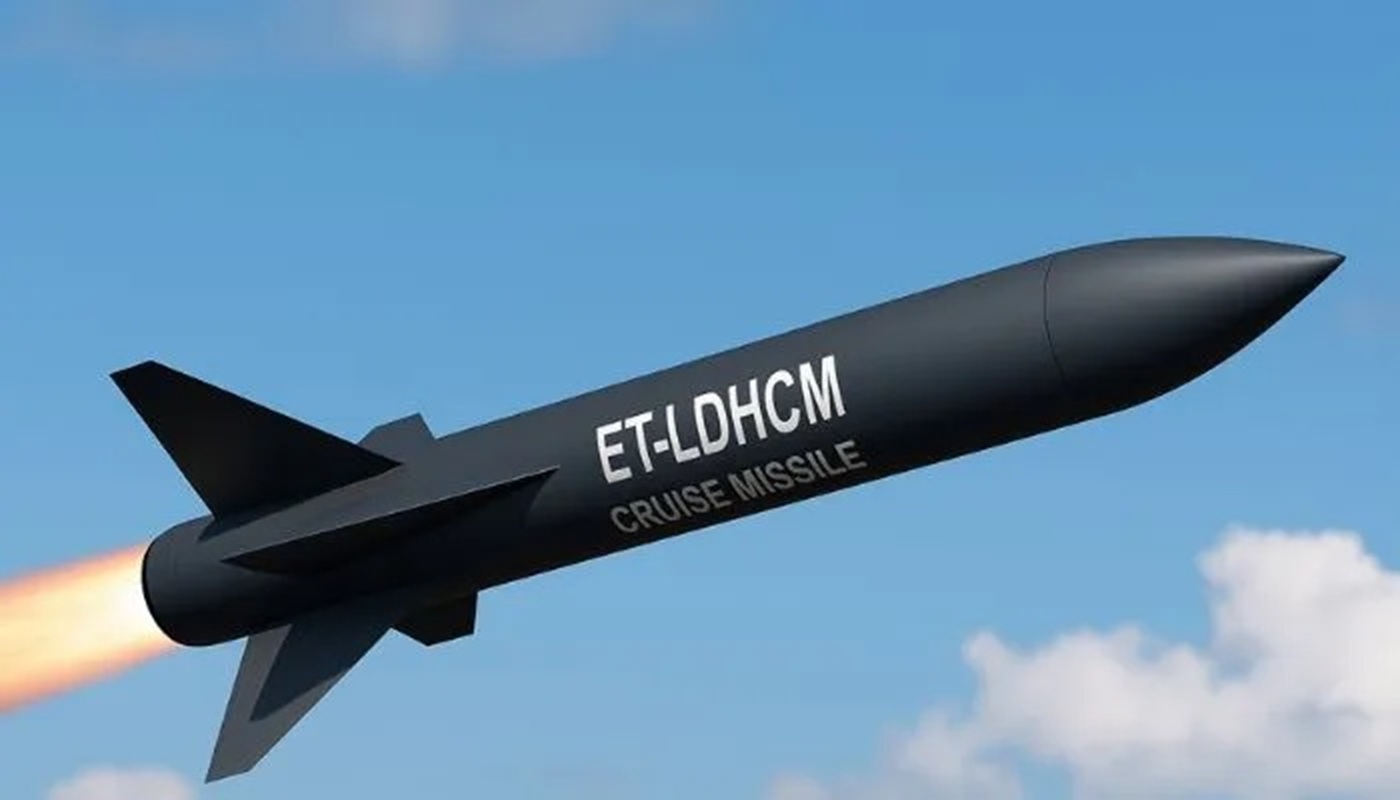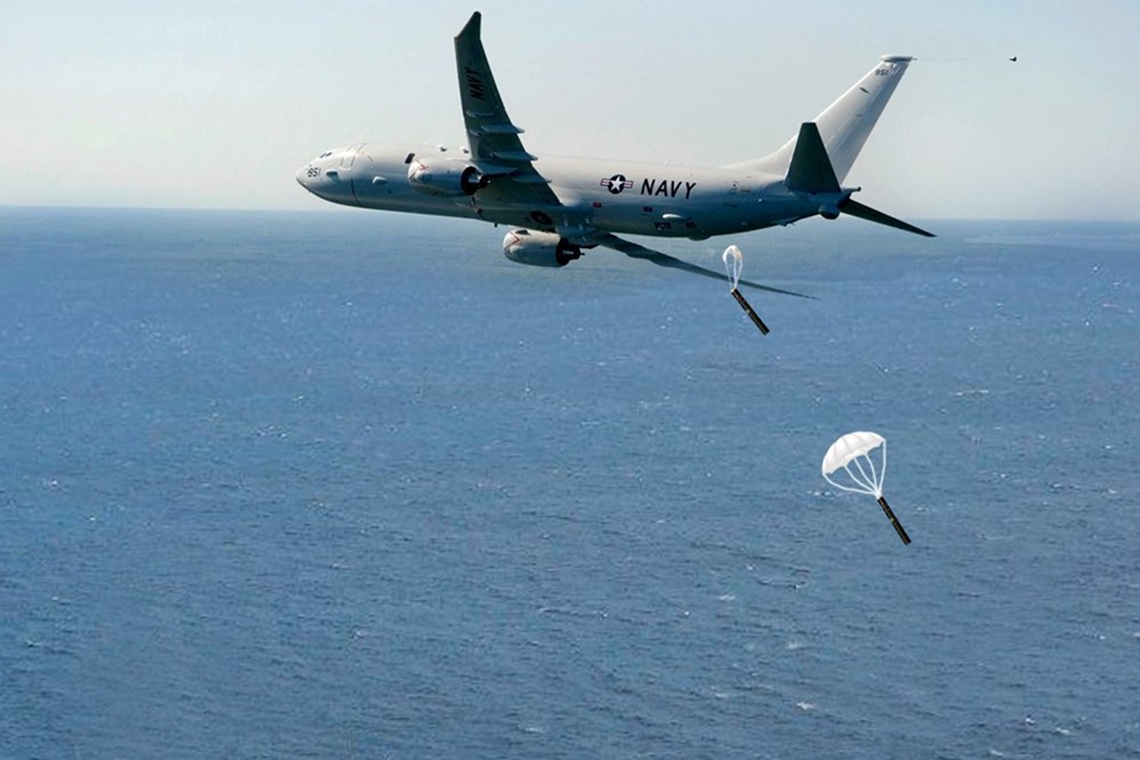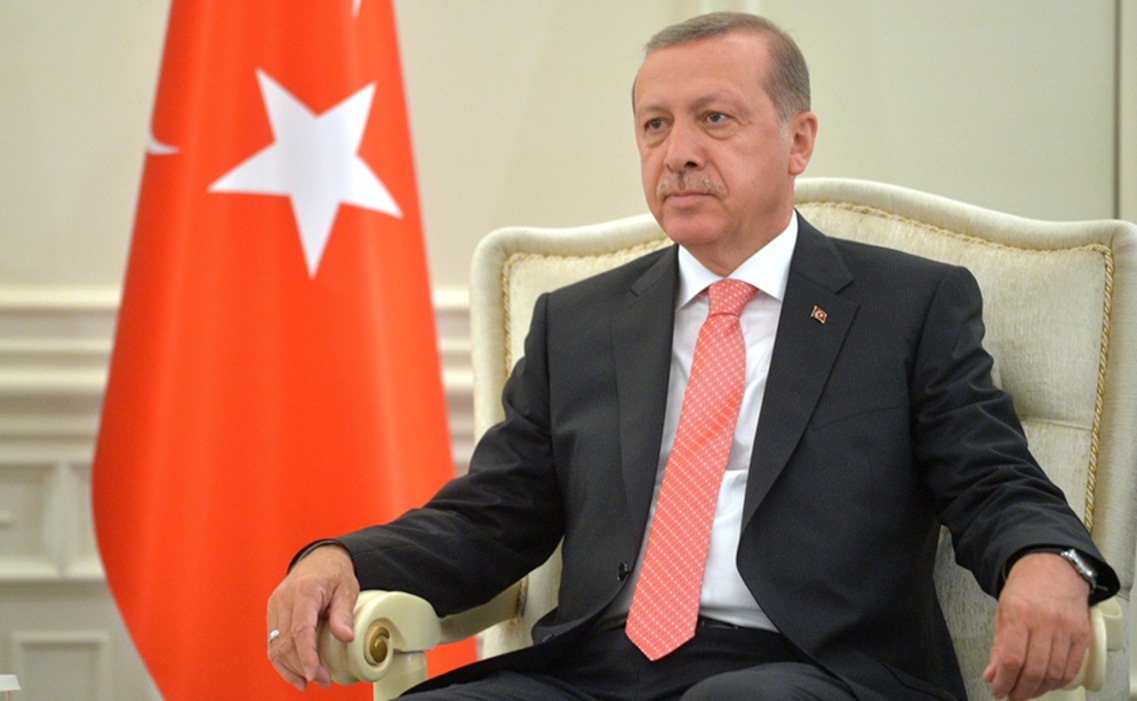India is developing a new class of indigenous hypersonic weapons under the Project Vishnu. The ET-LDHCM (Extended Long-Duration Hypersonic Cruise Missile) is currently under testing. This missile is capable of doing Mach 8 speed, uses an air-breathing scramjet engine for atmospheric oxygen intake, allowing it to reach targets up to 1,500 km away. Now the race is for developing better hypersonic weapons rather than nuclear weapons.
Introduction
Global deterrence has relied on nuclear weapons as its foundation since 1945. However, we are entering a new technological era with hypersonic glide vehicles (HGVs), modern missile defence systems, and artificial intelligence (AI)-enabled warfare, and the important question looms: could nuclear weapons become strategically obsolete? In a battlespace defined by speed, precision, and survivability, the architecture that underpins nuclear deterrence may simply no longer function.
This article engages a conceptual but plausible examination of a possible “post-deterrence” universe – one in which nuclear weapons’ political, strategic, and psychological relevance is displaced by more agile and usable tools of coercion and warfare.
The Hypersonic Challenge
Hypersonic weapons, which can be delivered at speeds greater than Mach 5 and with manoeuvrability, directly challenge classical deterrence doctrines. They can evade missile defences, shorten response time and strike targets precisely. Hypersonics could obsolesce current nuclear postures and create instability.
In crises, the obscurity and speed of hypersonic strikes could prompt nuclear-armed states to resort to preemption and escalation. However, the striking accuracy of hypersonic weapons could reduce reliance on nuclear options that destroy cities. Rather, states could prefer credible, non-nuclear strike options that are less escalatory and politically easier to justify.
Technological Disruption and Strategic Culture
In the past, nuclear weapons were guaranteed value not only because of their destructive capacity but because they were thought to be invulnerable. Nevertheless, as the sensors, cyber capabilities, and ML tools available to states continue to grow exponentially, the survivability of nuclear arsenals may be put in jeopardy.
Deterrence has long relied on the existence of second-strike capabilities, but those are no longer guaranteed. Now, submarines are trackable, command centres can be jammed, and silos can be attacked in minutes. Deterrence based on invulnerability may no longer be adequate in a world of real-time kill chains and targeting by algorithms.
In addition, the rapid integration of autonomous platforms and a variety of strike systems may be further undermining the logic of nuclear deterrence. Drone swarms, AI-piloted cruise missiles, and semi-autonomous loitering munitions are designed for use below the strategic escalation threshold and may be able to systematically erase a state’s ability to retaliate.
Also disruptive is the vulnerability of nuclear command, control, and communication (C3) systems. If an adversarial state can spoof a launch order or disrupt response networks through cyberspace or an electronic warfare equivalent, deterrence could become a bluff rather than a credible threat.
These are not only technological shifts, but they also disrupt the strategic culture that frames nuclear doctrine. In technologically advanced democracies, particularly those in which public support and risk specialism influence doctrine formation, maintaining costly nuclear systems that can be potentially vulnerable may not be politically sustainable.
Strategic Ambiguity and Crisis Instability
Vulnerability of nuclear command, control, and communication systems (NC3) is equally destabilising. If an adversary can spoof a launch order or incapacitate response systems via cyber or electronic warfare, deterrence may become a bluff rather than a credible threat.
Changes such as these are more than technological; they are also challenges to the strategic culture underpinning nuclear doctrine. It is difficult to think strategically, or accept precarious risk decision-making in nuclear planning, in advanced democracies where an informed public may stipulate on risk acceptance as well as in nuclear doctrine, or where the political opposition can claim moral superiority over doctrine that requires the maintenance of relatively vulnerable, costly nuclear systems.
Historical Parallel: The Obsolescence of the Castle
This transition recalls other moments in history when entirely new military technologies emerged, making predominant military technologies obsolete. For example, castles were once viewed as symbols of absolute security, just as nuclear weapons have been viewed as symbols of strategic supremacy. The arrival of airpower in the early 20th century provided the direct cause for the ultimate obsolescence of the fortress. The introduction of tanks similarly relegated cavalry charges from gallant to suicidal, even if some armies were reluctant to abandon them for reasons of symbolism or tradition.
Nuclear weapons may now be on the verge of obsolescence. Though still venerated, they could potentially become bloated symbols of strategic entitlement together with other strategic tat, ultimately feared more for what they mean than what they can do.
Psychological Shifts: From Existential to Tactical Threats
Perhaps the most central change in the post-deterrence world is not a material one but rather a psychologically based one. Nuclear weapons exert their power through fear. Deterrence works by threatening the unimaginable. The scope of the options and choices of hypersonic weapons, cyber weapons, and space weapons is at the level of use and plausibility. All present opportunities for actual use rather than deterrence alone − they can all take place sequentially and with discernible signals of will that do not lead to Armageddon. Their capability for use means they have strategic flexibility unavailable to nuclear weapons. As a result, strategic cultures may start to exploit controllable coercion rather than existential coercion. The strategic imaginary of war may shift from Hiroshima to Hypersona a hypothetical conceptualization of war that is remade by movement, rather than mass destruction. The rest could change too – such as the language of deterrence; talk about threat construct reflecting annihilation, to talk of promises of dominance in precision.
Strategic Implications for Non-Nuclear States
In a post-deterrence scenario, non-nuclear states may not feel existentially vulnerable. If the dominant forms of warfare are non-nuclear but precision-based, it may dilute the logic of proliferation. Consider the case for Iran or North Korea: their nuclear motivations are in part self-preservation, both in terms of feeling like they have strategic parity with US allies and regime security. However, if hypersonic or AI-based systems can offer the same deterrence or prestige, the incentive to proliferate diminishes – particularly when factoring in the sanctions and isolation that accompany nuclear aspirations. In this regard, a technological alternative to the bomb could paradoxically assist in non-proliferation efforts. It could also enable new forms of regional balancing in which conventional superiority, rather than fear of nuclear war, is a precondition for strategies of strategic confidence.
Legal and Normative Challenges
A world inclusive of nuclear deterrence is already facing significant normative gaps. Whereas nuclear weapons are strictly regulated through treaties (NPT, CTBT, New START) hypersonic and AI weapons are regulated by little more than “legal” grey zones. This situation creates strategic ambiguity, as well as a pathway to arms racing, slump or destabilising use of emerging technologies, without arms control regimes being developed, suitable for the emerging technology/technologies, not just the use of nuclear weapons. The risk strength of upheaval revolves around overreach versus overkill.
For this reason, while nuclear weapons become less of an issue, the need for robust international governance is still timely. Codes of conduct, verification, and cross-domain risk reduction should evolve in tandem with their technological counterparts.
Counterarguments: Why Nukes May Endure
Sceptics might say that no technology is ever going to supplant the psychological deterrence of nuclear weapons; no hypersonic weapon, however deadly, will ever possess the same taboo, mystique, and moral heft.
It is also possible that states will be inclined to hold on to nuclear weapons as status symbols. The symbolic capital of being a nuclear state, especially through the eyes of mid-tier powers, remains impressive, and the role of nuclear weapons in regional contexts (i.e., South Asia or the Korean Peninsula) anchors them deeply in national identity and security doctrine.
So although technologies may alter what nuclear weapons can do, their symbolism may linger after their usefulness has expired. The bomb may not be around as a weapon of war, but as a symbol of national pride and autonomy.
Conclusion: Imagining Post-Nuclear Geopolitics
The hypothesis of nuclear obsolescence is not a plea for disarmament, nor an assertion about the inevitability of its occurrence. It is simply an invitation to consider a world in which deterrence is no longer chained to its own apocalyptic logic. Nuclear deterrence may present itself as an increasingly antiquated instrument of war in an emerging battlespace characterised not just by hypersonic speed and AI reflexes, but by life-or-death determinations resolving in milliseconds, rather than megaton yields. In imagining a future crisis: A hypersonic missile neutralises a vital satellite uplink, and before the target state has any reaction, a cyber-attack further blinds the state’s early warning defences. Moments later, drone swarms rush the airspace, easily disabling retaliatory forms of defence—as the targeted state sees its (disconnected) nuclear arsenal. In that hypothetical circumstance, the targeted state will reach for the nuclear button (or switch), except that when it gets there, the command network is dark. And there will be no mushroom clouds. The war was won before the war began. If nuclear weapons do go obsolete, they will not go obsolete through treaties or wishful thinking. They will go obsolete through irrelevance. And therein lies a tremendous opportunity—and a tremendous risk. The post-nuclear age may not be safer, but it will no longer be governed by logic, in which annihilation informs the act of war. Rather, speed, agility, and machine learning will govern survival, and in that context, strategic stability is bound for tremendous change.
Title image courtesy: Opindia
Disclaimer: The views and opinions expressed by the author do not necessarily reflect the views of the Government of India and Defence Research and Studies









